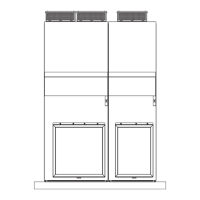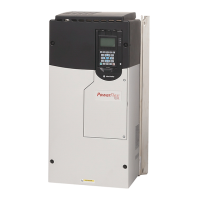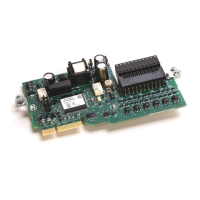66 Rockwell Automation Publication 750-QS001A-EN-P - March 2015
Reference Section
Dynamic Brake Resistor
Determine whether your drive and motor utilize a dynamic brake resistor.
Dynamic brake resistors generate heat so they are usually outside of the panel in a protective
cag
e.
Record if a dynamic brake resistor is connected for each of your drive/motor combinations.
How Dynamic Braking Works
Many fan, pump, and conveyor-like applications are allowed to coast to stop. If a controlled ramp to stop is required, the
regenerative energy needs to be converted or dissipated and dynamic braking may be necessary. Adding a dynamic brake
can help prevent over voltage to the drive VFD bus, fault conditions, or damage to the drive.
For purposes of this publication, a solution that allows the drive to feed the regenerated electrical power to a resistor, which
then t
ransforms it into thermal energy, is provided to prevent bus over voltage or potential damage. This process is referred
to as dynamic braking (DB).
Internal dynamic braking chopper circuitry, including DB resistor power terminals BR1 and BR2, are standard on
Po
werFlex 750-series drives frames 1…5 and are optional on frames 6 and 7. DB resistor connections BR1 and BR2 are not
available on frames 8…10, however dynamic braking can be achieved via an independent chopper module that is connected
to the DC+ and DC- terminals by using an appropriate-sized DB resistor connected to it. In the latter case, the properly-
sized external chopper module senses and regulates the DC bus voltage level independent of the drive control.
For more information on how to size a dynamic brake chopper and/or resistor, see PowerFlex Dynamic Braking Resistor
Ca
lculator Application Technique, publication
PFLEX-AT001.
Drive/Motor 1 Drive/Motor 2 Drive/Motor 3 Drive/Motor 4 Drive/Motor 5
❑ Yes ❑ No ❑ Yes ❑ No ❑ Yes ❑ No ❑ Yes ❑ No ❑ Yes ❑ No

